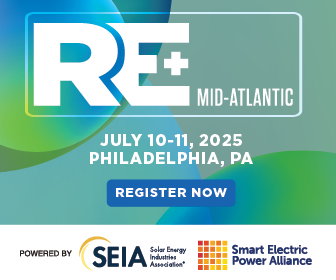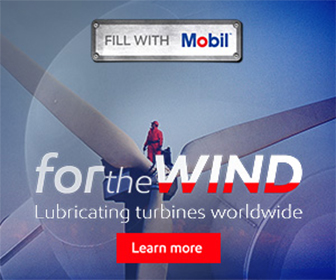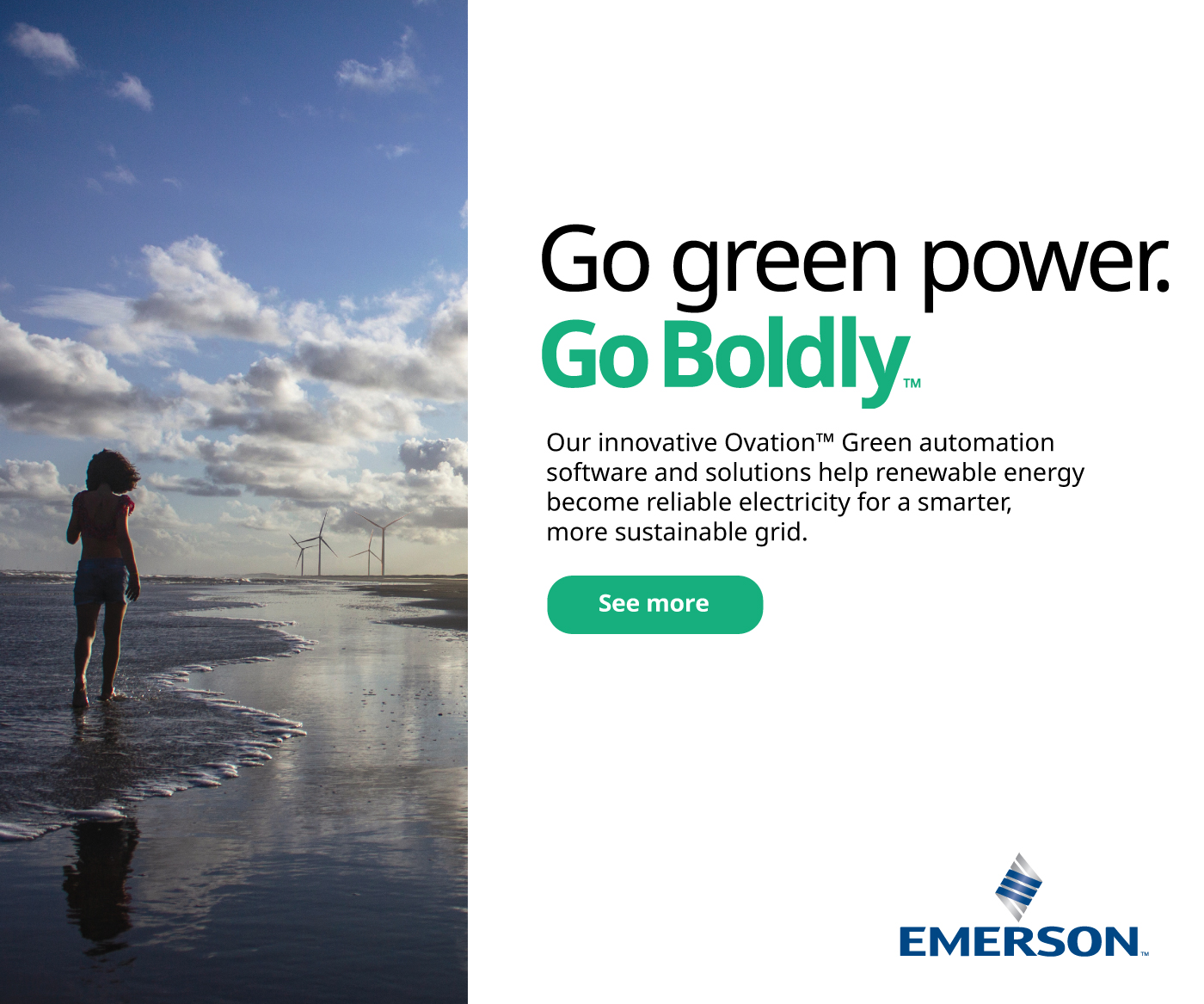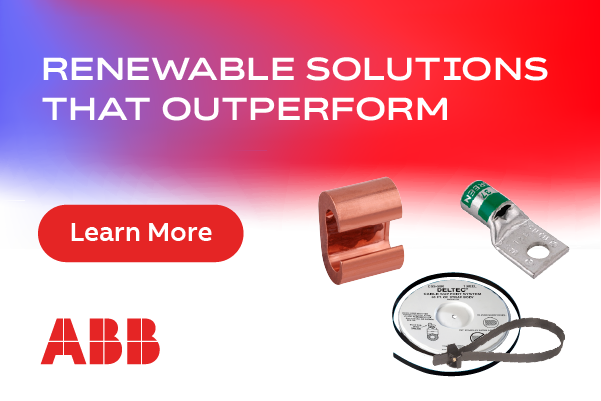The Viability of Hybrid Power-Generation Systems: Taking advantage of the Alaskan winds
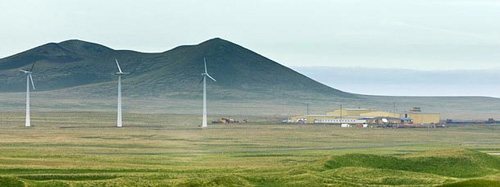 Enthusiasm for the potential of renewable energy sources to significantly contribute to our everyday power needs remains high. At the same time, utilities and power generators must confront the reality of the current state and limitations of renewable energy technologies. Simply put, today’s utilities and their customers require constant availability—a goal that wind and solar power are getting closer to achieving. But, they aren’t quite there yet.
Enthusiasm for the potential of renewable energy sources to significantly contribute to our everyday power needs remains high. At the same time, utilities and power generators must confront the reality of the current state and limitations of renewable energy technologies. Simply put, today’s utilities and their customers require constant availability—a goal that wind and solar power are getting closer to achieving. But, they aren’t quite there yet.
Until renewable sources achieve constant availability, the consistency of systems that rely on fossil fuels will continue to prevail as a form of base generation. Nonetheless, wind and solar power (along with other renewables, such as biopower and geothermal energy) still have an important—and ever-emerging—role to play in the evolving power-generation industry. And, fortunately, today more than ever before, there are viable strategies for integrating renewable sources into fossil-fuel based systems, which utilities and power generators can readily implement.
Such advancements in hybrid configurations allow renewables to make increased energy contributions. Moreover, strategic use of hybrid systems can considerably lower fuel consumption, improve operating economics, and curtail emissions.
Hybrid power
There has been significant success developing hybrid power systems demonstrating the cost effectiveness of renewables, especially in remote locations. As one case-in-point, multiple hybrid systems have been installed in remote Alaskan outposts for the past couple of decades already. Most commonly, these systems have taken advantage of the Alaskan winds, and include turbines that are integrated with diesel-generators.
Successful locations typically have existing, long-term diesel generators, which can fairly easily benefit from wind-generation capacity. Importantly, these remote sites require continuous energy availability, as even temporary power lapses could be damaging to valuable equipment, and negatively impact livelihoods and even lives.
The keys to effective integration of hybrid power systems, particularly in remote locations, include:
• An ability to employ reliable, off-the-shelf products and technology;
• Applications for efficiently managing excess power from renewables; and
• Inclusion of proven, power-storing technologies.
One location that met all of these goals for hybrid integration is at the St Paul Airport Business Park on St Paul Island, in Alaska, which also happens to be an important offload site for the Alaskan fishing fleet (including several boats from the popular “Deadliest Catch” TV series). Here, a hybrid system that combines the business park’s diesel generators with wind energy, powers commercial installations, as well as a hotel and the airport terminal facilities on the property. In all, 10 buildings are powered by the hybrid system.
Technically, the installation of hybrid systems can be astonishingly straightforward. The core components of the St Paul Business Park plant includes one 225-kilowatt (kW) V27 wind turbine from Vestas, a pair of 150 kW Volvo diesel-engine generators, a 300 kilovolt-ampere (kVA) synchronous condenser, a 6,000-gallon hot water tank, and immersion water heating elements, designed to manage integration of wind energy with the existing grid. All of the products required for integration are affordable and readily available, maximizing the return on investment (ROI).
Under favorable environmental conditions, the St Paul Business Park can be serviced entirely by wind energy, without any use of the diesel engines—which is one of the first demonstrations of this type of system architecture in the world. This is accomplished by building a high amount of excess wind capacity into the system, as opposed to employing energy-storage technologies, which were simply not commercially feasible in this location.
Instead, the St Paul installation takes advantage of low-cost thermal storage to maintain system stability. A thermal network was created in all 10 buildings, redirecting excess wind energy—or, a “thermal dump” as it’s known—to generate hot water for commercial and domestic use throughout the site’s more than 75,000 square feet. Redirecting excess wind energy to the thermal system via the automatic control system is nearly instantaneous and seamless.
As a result, the installation at St Paul Airport Business Park runs 20% of the time on pure wind power, 20% of the time on diesel power, and 60% of the time on a combination of both energy sources. The system has been in continuous operation since 1999 and, on average, has cut diesel fuel consumption by more than 40%.
Leading by example
By demonstrating power stability and proving the viability of the hybrid system, the City of St Paul Municipal Electric Utility has also become interested in adding hybrid generation. The utility recently connected one of the site’s three 225 kW wind turbines to the city’s power grid. Over the past two months, 160,000 kWh of power has been supplied to the city’s utility grid, reducing the utility’s fuel usage by approximately 12,000 gallons—with an approved plan to add additional turbine capacity in the future.
Although still in its early phase, the hybrid project with the City of St Paul Municipal Electric Utility has opened the eyes of other parties throughout Alaska and the Northwest who guide power-infrastructure decisions. As is typically the case, dependable systems that deliver demonstrable value will always be of interest to forward-thinking municipalities.
As we wait for the development and testing of renewable solutions that completely satisfy the availability needs of utilities and their customers, it’s clearly worth pursuing ongoing integrated solutions that meld fossil fuels and renewable sources. By proving the reliability of hybrid systems in microgrids and isolated utilities, power generators and utilities of all sizes will become more comfortable in their assessments of hybrid systems—and, presumably, renewable energy, such as wind or solar power—for their organizations’ energy needs.
Author Kord F Christianson is president of TDX Power, and a 30-year-veteran of the energy industry. He has in-depth experience in development, finance, and construction of renewable and hybrid power plants.
TDX Power
www.tdxpower.com
Author: Kord F Christianson
Volume: March/April 2014









